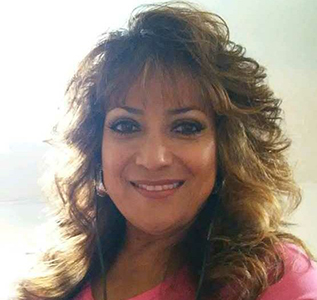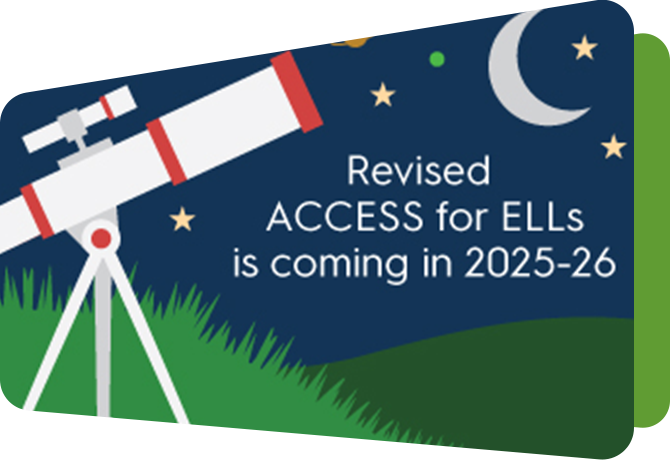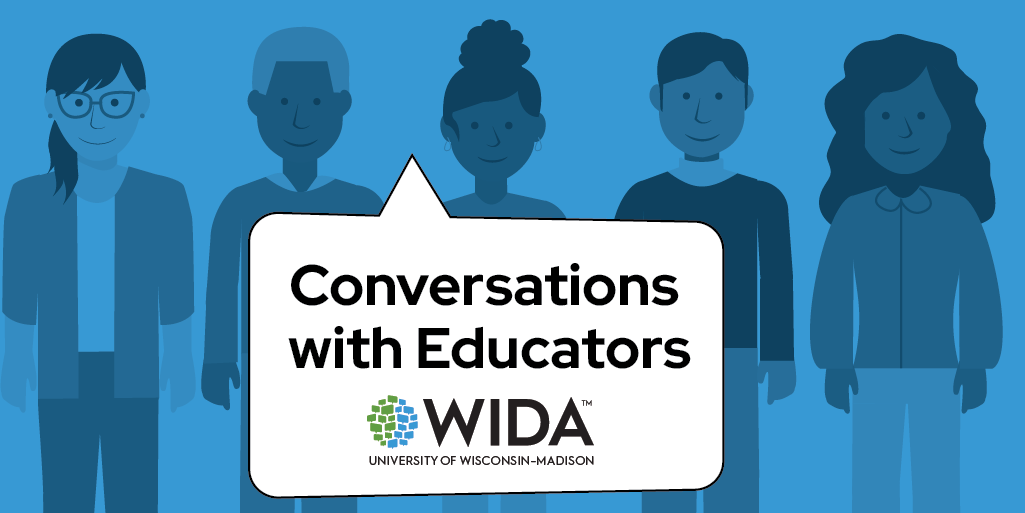September 2020 Featured Educator: Luz Gonzales

“A student that can communicate is a student that can learn,” Luz Gonzales, a bilingual teacher in New Mexico said.
Gonzales, who has been teaching for 17 years, says that to create a space for communication and learning she makes sure that every student feels welcome and comfortable and knows that they can participate without fear of judgement.
“My students understand, on day one, that respect is my number one classroom rule,” she added.
Gonzales teaches students, in both English and Spanish, at two schools – the Carlsbad Sixth Grade Academy and the Desert Willow Elementary School in Carlsbad, New Mexico. She works with students in sixth, fifth and second grade. Her students in sixth grade spend two consecutive hours with her: one in English instruction and one in Spanish instruction. At the elementary level, every student that qualifies for bilingual services – based on their home language survey – can receive services.
“Most of our language learners come to us with a hunger to learn a new language,” Gonzales said.
Over the years, Gonzales has found that a benefit of working with multilingual learners is the exposure to different cultures and traditions. Especially helpful is that the families she works with are, overall, supportive of language learning and willing to help with their child’s education.
“My approach toward supporting language learning is to understand the culture and have close communication with families,” Gonzales said. “Because I am a language learner myself, it is easy for me to relate to my students and to assist the parents. I have a clear understanding of the barriers that these families go through because I lived it personally.”
When Gonzales started teaching, she did so with the intent of someday returning to her first career choice: sociology. But like many teachers who thought teaching might be a temporary profession, she’s still in the classroom, setting high expectations, and “loving it.”
As a bilingual teacher, Gonzales stresses the importance of marrying language learning and content learning, which helps her students find success in and out of her classroom. Part of helping her students navigate their content area classes is ensuring that the teachers are working together. Gonzales and her colleagues find time to collaborate in their content area meetings and professional learning communities.
Another tactic is incorporating the WIDA ELD Standards into the planning process.
“The WIDA ELD standards are always a part of my lesson planning. I try my best to ensure that every lesson includes listening, speaking, reading and writing,” Gonzales said. “Daily practice of all four is essential for anyone learning a new language and I always keep in mind that I have different levels of language attainment within my students and plan my lessons accordingly.”
As for checking in on her students and assessing her students’ language growth, she relies on oral assessments, weekly content and vocabulary review assessments in addition to annual ACCESS for ELLs scores.
“As an educator my goal has always been to help my students get ahead,” Gonzales added. “WIDA has helped me by providing the assessment tools needed to know where a student is when they arrive and to monitor their progress as they start learning the new language.”
During the pandemic, Gonzales, like many teachers around the world, has realized that she misses the face to face setting and finds virtual teaching and learning to be tricky for students and their families.
But she has found something that always works; something that’s foundational to her teaching style: communication.
“Staying in constant contact with students and parents has helped a lot,” Gonzales said. “Being in communication with these families that have trouble communicating because of the language barrier has helped them tremendously.”





